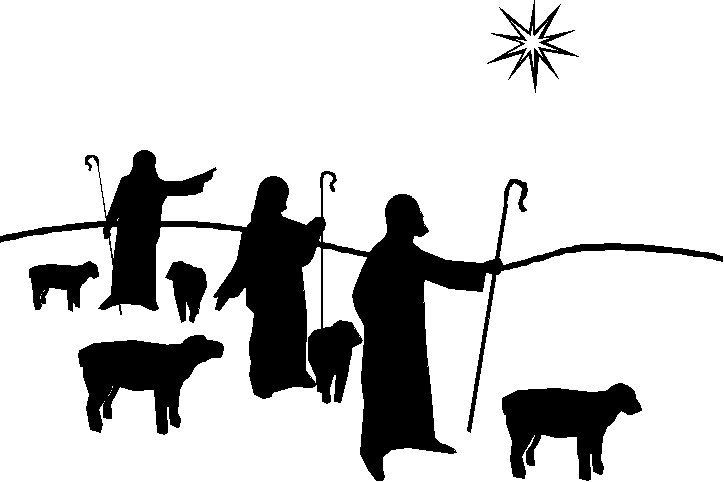
- •Criminal law
- •Vocabulary notes
- •Vocabulary work
- •3. Match the words on the left with the definitions on the right:
- •4. Match the words and phrases with their translations:
- •5. Match the words on the right with the suitable attributes on the left:
- •6. Complete the sentences using proper words in the box.
- •7. Match the synonyms:
- •8. Match the antonyms:
- •Comprehension
- •9. Answer the questions.
- •10. Say if the following statements are true or false.
- •Discussion
- •11. Define what the crime is. Use the following words and phrases:
- •12. Divide the text into logical parts and entitle each of them.
- •13. Work in pairs:
- •14. Give a summary of the text.
- •From time immemorial… to wash one’s hands (of smth.) – умывать руки
- •17. Translate the text into English.
- •Reading
- •Vocabulary notes
- •Vocabulary work
- •4. Find in the text the English for:
- •5. Match the words on the left with the definitions on the right:
- •6. Match the words on the right with the suitable attributes on the left:
- •7. Complete the sentences using proper words in the box.
- •8. Match the synonyms:
- •9. Match the antonyms:
- •Discussion
- •12. Speak on the crime the willful burning of the dwelling of another constitutes. Use the following words and phrases:
- •13. Divide the paragraph "Assault and battery" into logical parts and entitle each of them.
- •14. Work in pairs:
- •15. Give a summary of the text.
- •II gay man shot dead
- •III dead men tell no tales
- •From time immemorial…
- •The law of the medes and persians – закон мидян и персов
- •18. Make up questions in English to which the following Russian sentences would be answers. Do a two-way translation using both the statements and the questions.
- •19. Do the following two-way translation.
- •Render the text in english трагические происшествия в австралийском лесу
- •Reading
- •Vocabulary notes
- •Vocabulary work
- •3. Match the words on the left with the definitions on the right:
- •4. Match the words on the right with the suitable attributes on the left:
- •5. Complete the sentences using proper words in the box.
- •6. Match the synonyms:
- •7. Match the antonyms:
- •Comprehension
- •Discussion
- •10. Speak on the “hit-and-run” offense. Use the following words and phrases:
- •11. Describe a typical “burglary” offense. Use the following words and phrases:
- •12. Divide the texts “Bigamy” and “Burglary” into logical parts and entitle each of them.
- •14. Give a summary of the text.
- •From time immemorial… caesar’s wife – жена цезаря
- •17. Make up questions in English to which the following Russian sentences would be answers. Do a two-way translation using both the statements and the questions.
- •Reading
- •Vocabulary notes
- •Vocabulary work
- •4. Match the words on the left with the definitions on the right:
- •7. Match the synonyms:
- •8. Match the antonyms:
- •Comprehension
- •9. Answer the questions.
- •10. Say if the following statements are true or false. Comment on the true statements and correct the false ones.
- •Discussion
- •16. Give summaries of the paragraphs you got interested in most of all.
- •From time immemorial…
- •Reading
- •Vocabulary notes
- •Vocabulary work
- •4. Find in the text the English for:
- •5. Match the words on the left with the definitions on the right:
- •6. Match the words on the right with the suitable attributes on the left:
- •7. Complete the sentences using proper words in the box.
- •8. Match the synonyms:
- •9. Match the antonyms:
- •Comprehension
- •10. Answer the questions:
- •11. Say if the following statements are true or false. Comment on the true statements and correct the false ones.
- •Discussion
- •17. Speak individually or arrange a discussion on the following.
- •II afghan veterans await verdict
- •III afghan war veterans acquitted
- •From time immemorial… the mark of cain – каинова печать
- •19. Render the following text in English. Каинова печать
- •20. Render the text in English. Засада на кабана
- •(Continued)
- •From time immemorial… the heel of achilles (achilles’ heel) – ахиллесова пята
- •21. The following sentences make up a story. Retell it in English.
- •22. Translate into English.
- •Criminal law Review
- •3. Explain the words and word combinations and comment on them.
- •Murder is generally defined as the killing of one human being by…
From time immemorial… the mark of cain – каинова печать
The story of Cain and Abel, told in the Bible, runs as follows: Adam and Eve, the first people on earth, had two sons, Cain and Abel; “Abel was a keeper of sheep, and Cain was a tiller of the ground”. Cain brought to God an offering of the fruit of the ground; Abel's offering was the firstlings of his flock. God was better pleased with Abel's offering, and Cain felt envious and offended. He went to talk to his brother; when they were in the field, Cain killed Abel.
F or
his crime he was driven out to be a fugitive and a vagabond. Fearing
to be killed by anyone who might meet him, he complained to God that
his punishment was more than he could bear, and God set a mark
upon Cain, so that anyone finding him should know that he was a
murderer. The mark of Cain is the mark of an outlaw, the brand of a
murderer.
or
his crime he was driven out to be a fugitive and a vagabond. Fearing
to be killed by anyone who might meet him, he complained to God that
his punishment was more than he could bear, and God set a mark
upon Cain, so that anyone finding him should know that he was a
murderer. The mark of Cain is the mark of an outlaw, the brand of a
murderer.
Pronunciation and stress:
Cain [kein], Abel [´eibǝl], Bible [´baibl], fugitive [´fju:ʤitiv], vagabond [´vægǝbǝnd].
19. Render the following text in English. Каинова печать
У Адама и Евы было два сына: старший – Каин и младший – Авель. Авель пас овец, Каин обрабатывал землю. Однажды случилось так, что Каин принес в дар Богу плоды земли, Авель же посвятил ему первородных ягнят от стада своего. Бог благосклонно принял дары Авеля, а на подношение Каина даже не посмотрел. Каин был разгневан, и лицо его помрачнело... Снедаемый завистью, он заманил Авеля в поле и коварно убил его.
У видев,
что совершилось преступление, Бог
обратился к Каину:"Где
Авель, брат твой?"
А Каин ответил ему: "Не
знаю;
разве я сторож брату моему?"
Тогда в великом гневе Бог проклял Каина
и сказал ему, что будет он изгнанником
и скитальцем на земле во веки вечные, и
отметил его печатью, чтобы всякий, кто
встретит его, знал, что он убийца.
видев,
что совершилось преступление, Бог
обратился к Каину:"Где
Авель, брат твой?"
А Каин ответил ему: "Не
знаю;
разве я сторож брату моему?"
Тогда в великом гневе Бог проклял Каина
и сказал ему, что будет он изгнанником
и скитальцем на земле во веки вечные, и
отметил его печатью, чтобы всякий, кто
встретит его, знал, что он убийца.
З. Косидовский. Библейские сказания [3].
20. Render the text in English. Засада на кабана
Уверенный в своей безопасности, мафиозо
бросил вызов итальянской полиции
(Continued)

На этом Бруска не остановился. В 1993 году он организовал похищение 11-летнего Джузеппе ди Маттео, сына своего бывшего сообщника, который принимал участие в покушении на Фальконе, а затем стал сотрудничать с полицией. Более года Бруска держал мальчика в заложниках. Он подвергал Джузеппе пыткам перед видеокамерой и посылал кассеты его отцу, стремясь вынудить бывшего мафиозо отказаться от показаний. В конце концов, когда выяснилось, что проку от этого не будет, Бруска приказал убить мальчика.
Предстоявшие поиски Джованни Бруска облегчало одно обстоятельство. Он не мог покинуть Италию. Мафиозо занимался самыми разнообразными видами преступного бизнеса – от шантажа и вымогательства до организации побегов из мест заключения, от торговли наркотиками до отмывания “грязных” денег и похищений, – и должен был “оставаться на хозяйстве”. Полагаться на защиту мафии он мог, только находясь на Сицилии. Но такая колоссальная разветвленная сеть могла также оказаться – как это и случилось впоследствии – и ахиллесовой пятой [the heel of Achilles] Бруски [20].
